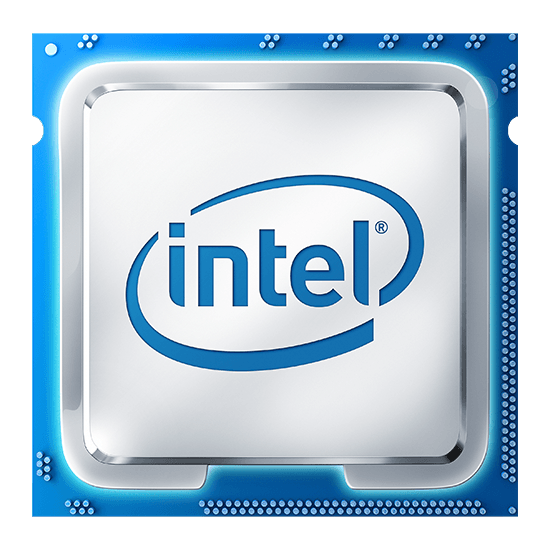But here is where things get hairy for AMD and its chiplet design: AMD’s top-of-the-line dodeca-core processor (Ryzen 9 3900X) offers roughly the same level of performance as its quad-core chip (Ryzen 3 3300X) in certain titles. The Ryzen 9 3900X is thoroughly beaten by the cheaper Core i5-10600K in almost every modern game. Of course, the Ryzen 9 3900X is still vastly superior in production applications, but what if we were to imagine a scenario in which the gap was much smaller. What if the successor of the hexa-core Core i5-10600K offered eight cores at the same price point? I believe that would fundamentally shift the value proposition not only here but throughout the entire product stack, if Intel were to increase the core count by two across its entire mainstream product line. That would mean that the bottom-of-the-barrel Core i3 would now have 6 cores and 12 threads and therefore would consistently outperform AMD’s best in video games, and that would not be a pretty look for AMD however you slice it. Better yet, Intel should release a bargain-bin hexa-core Pentium processor, which would be able to keep up with AMD’s best in video games, thus revealing for the whole world to see the true flaws of the chiplet design.
In one of his recent videos, Steven Walton from Hardware Unboxed remarked that there would have been a bloodbath
in the gaming benchmarks if AMD’s 2000-series desktop chips were to go up against Intel’s 10000-series desktop processors. While AMD has clearly made a lot of progress with its 3000-series desktop CPUs, the Ryzen processors still fall behind in the gaming benchmarks despite the fact that many current-generation titles become GPU-limited even at 1080p.
With the arrival of the 3000-series Nvidia GPUs later this year, the gaming performance gap is set to widen even further between top-of-the-line 10000 series parts from Intel and 3000-series AMD chips. According to educated rumours, the best we can expect from AMD’s upcoming Zen 3 chips is an 8% to 10% increase in IPC performance, which would probably be just enough to offset the boost in IPC performance that is likely to come from Intel’s new Rocket Lake-S architecture. Nevertheless, there could still be a veritable bloodbath
in the gaming benchmarks with Rocket Lake-S if Intel plays its cards right.
So how can Intel play its cards right? By winning the core-count game in the mainstream space. If Intel’s Core i3 chips offer the same amount of cores as AMD’s Ryzen i5 CPUs, then AMD’s chips will not stand a chance in the gaming benchmarks, especially if Intel is able to deliver any IPC gains with Rocket Lake-S. Much seems to be going Intel’s way with Rocket Lake-S. The release of new much more powerful GPUs is around the corner and the release of next-generation consoles with octa-core CPUs is likely to force large hordes of PC gamers to think long and hard about finally upgrading their CPU, and this is where Intel should come in with the following product line-up: Intel Core i3-11100 (6 cores; 12 threads), Intel Core i5-11600K (8 cores; 16 threads), Core i7-11700K (10 cores; 20 threads)…and as far as the Core i9 series goes, in my somewhat karmic view, if Intel cannot make a monolithic 12-core/24-thread 14-nm chip, then the company does not deserve to have a Core i9 SKU at all. If Intel is not be able to make a 10-core/20-thread Rocket Lake-S chip, then it should just rename the current Comet Lake-S-based Core i9-10900K as the Core i7-11700K and drop its price to US$350.
